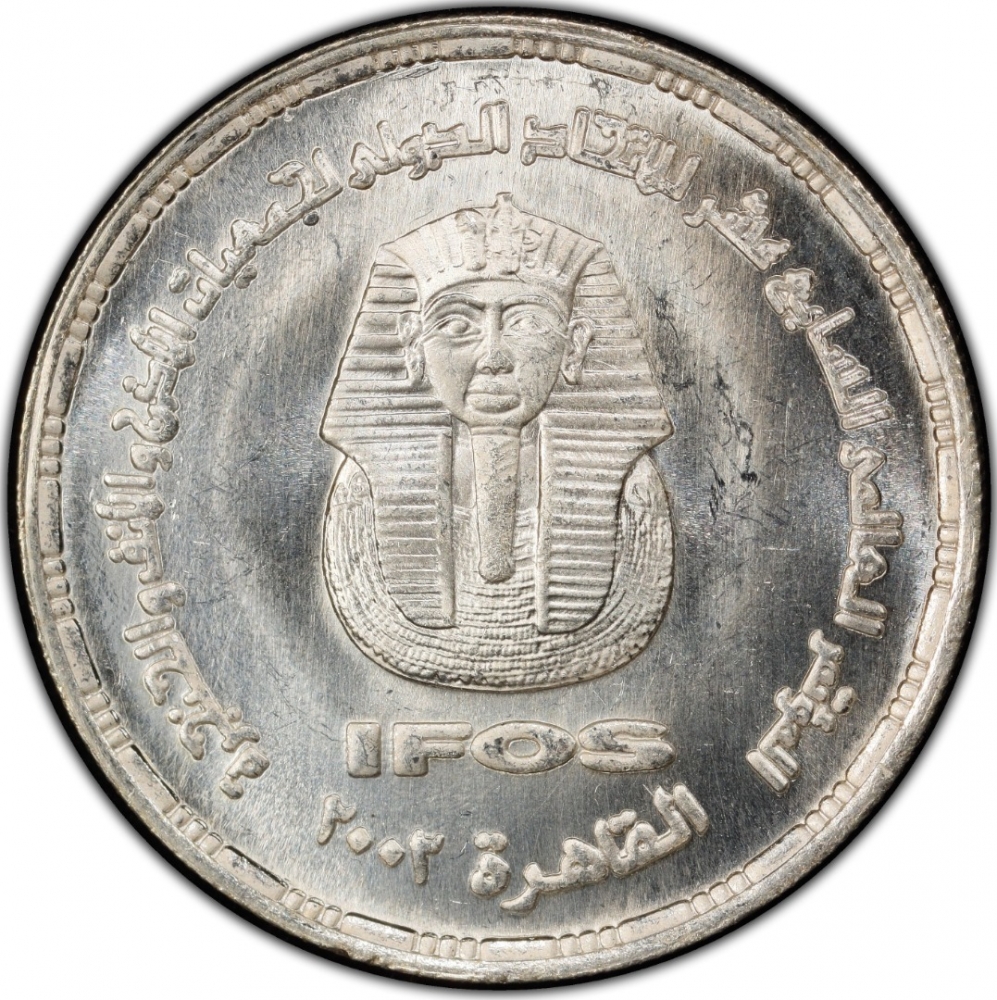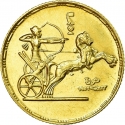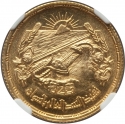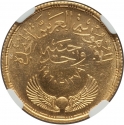You are about to finish your registration. Please check your mailbox (including spam folder). There should be a letter with a confirmation link. Check setting to make sure that your e-mail address is correct.
Send letter againDescription
The International Federation of Otorhinolaryngological Societies (IFOS) is the global organization which represents organized Otolaryngology. It was founded in 1965 during the Tokyo World Congress of Otolaryngology to provide continuity between World Congresses. It grew in response to the need for a single body to collate information about national ORL societies.
From the start the membership of IFOS was open to any national ORL society. This remains the case today as long as the country is recognized by the United Nations. Nations with more than 1 national society may have more than 1 member although each country has only 1 vote at the General Assembly. Membership is also open to international societies in otolaryngology and related fields.
IFOS is governed by a General Assembly which meets once every 4 years, during the world congress at which time it selects the site for the next meeting and elects an Executive Committee which deals with the business of IFOS between world congresses. The Executive Committee currently is composed of 18 members who are elected for a 4 year term, renewable once only, and of whom at least two must be from each of the following continents or regions: Africa and the Middle East, Central and South America, East Asia, North America, and South and West Asia, at least four from Europe and at least one from Oceania.
Obverse

|
Depicts the death mask of Tutankhamun (1332–1323 BC, now in the Egyptian Museum in Cairo), surrounded by the inscription "17th International Conference of the Ear, Nose and Throat World Union", abbreviate and date below. المؤتمر العالمي السابع عشر للإتحاد الدولي لجمعيات الأذن و الأنف و الحنجرة |
|---|---|
Reverse

|
IFOS within the world planisphere between legend "Arab Republic of Egypt" above and denomination divide dates (Hegira and Gregorian) below. جمهورية مصر العربية |
| Edge |







